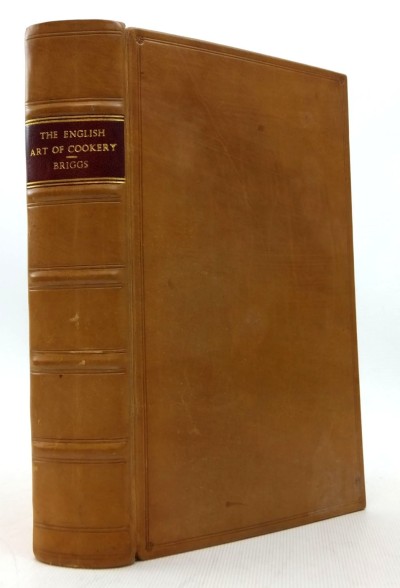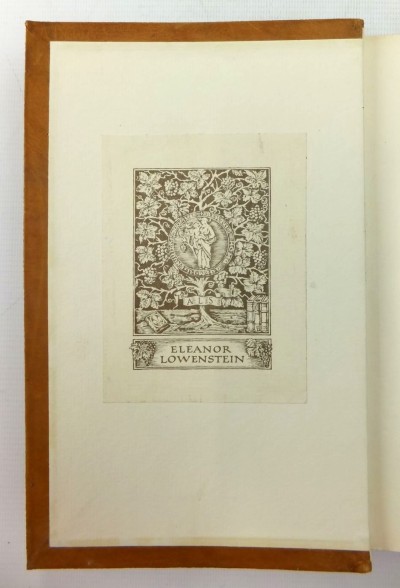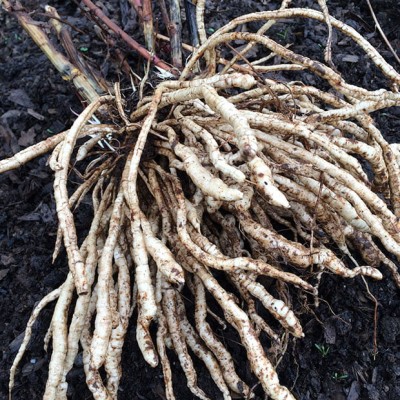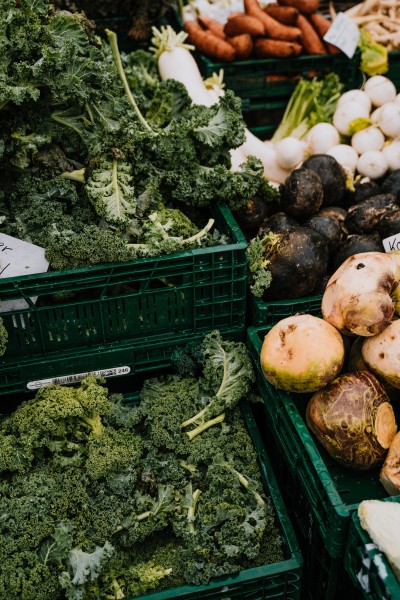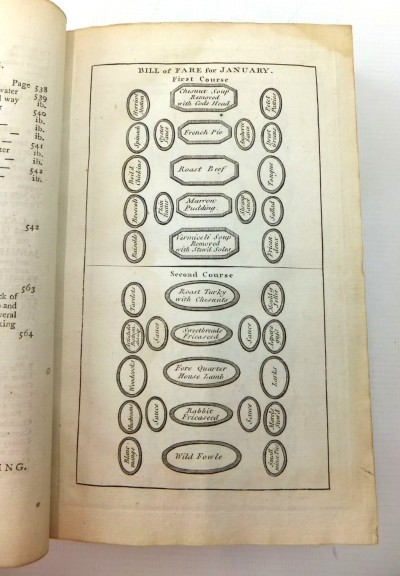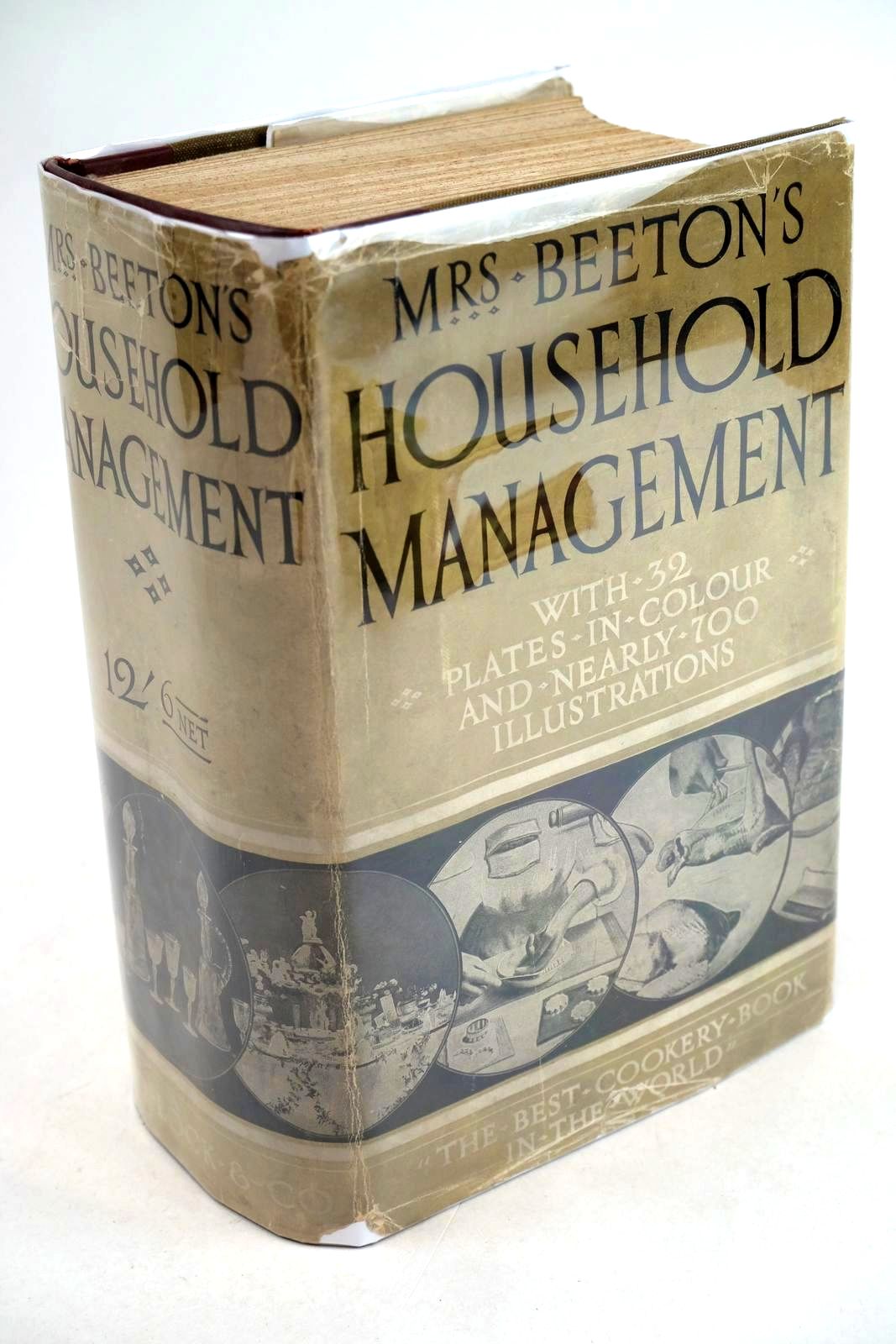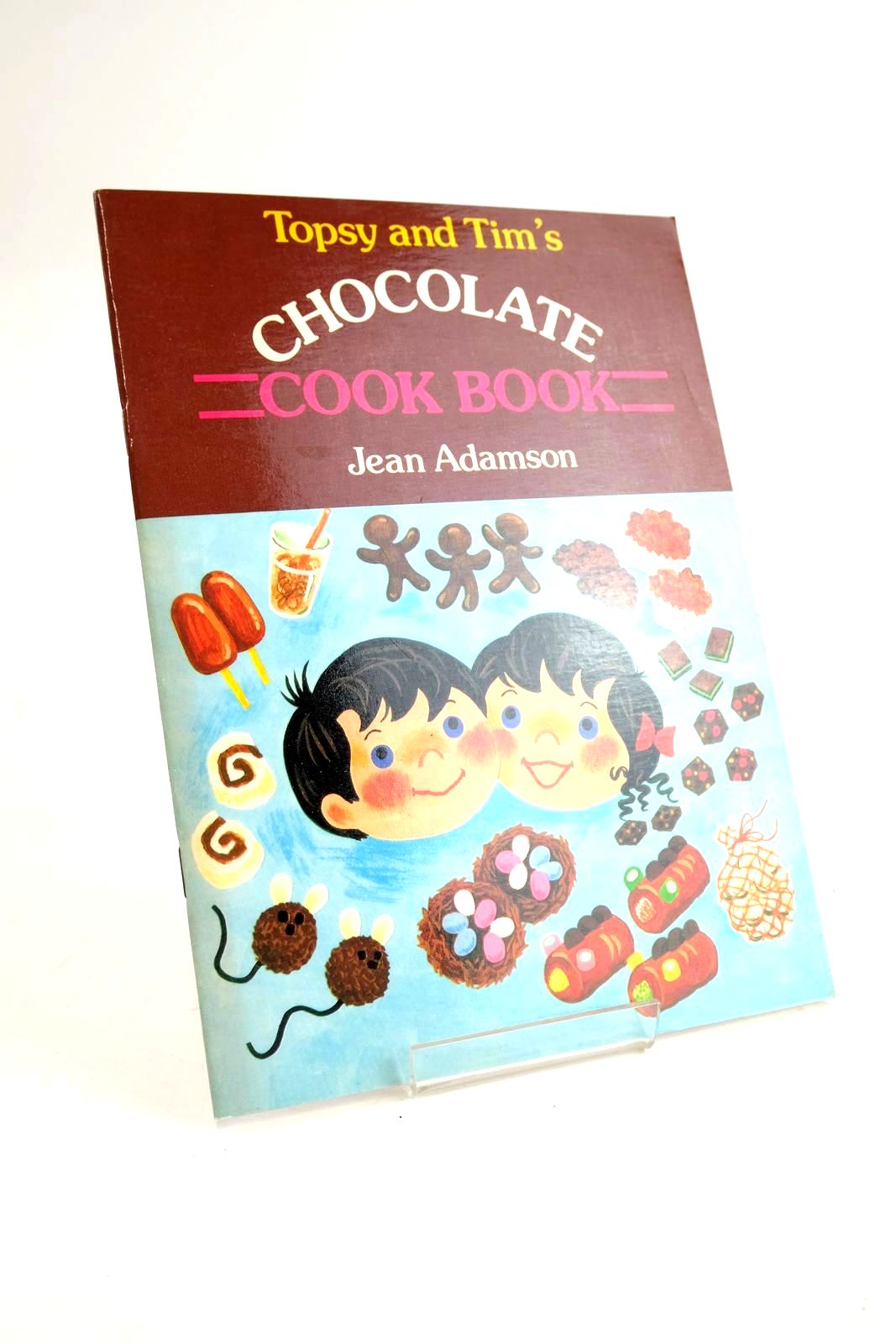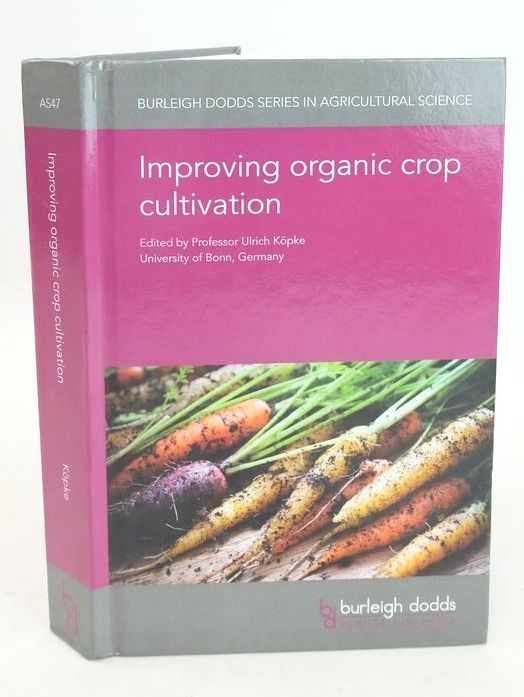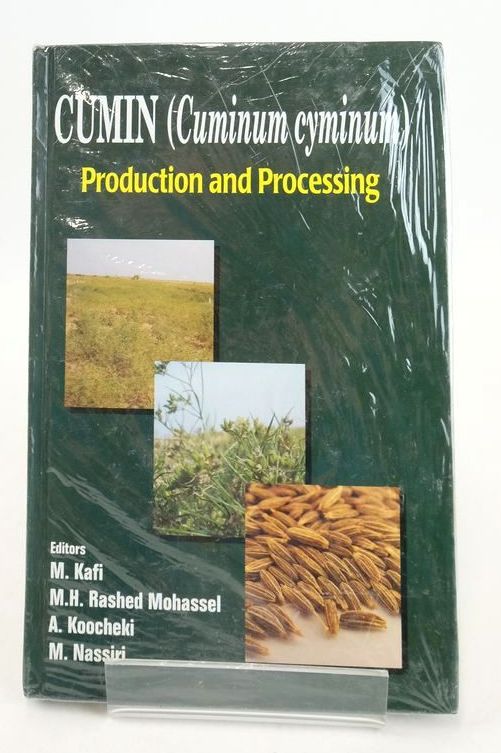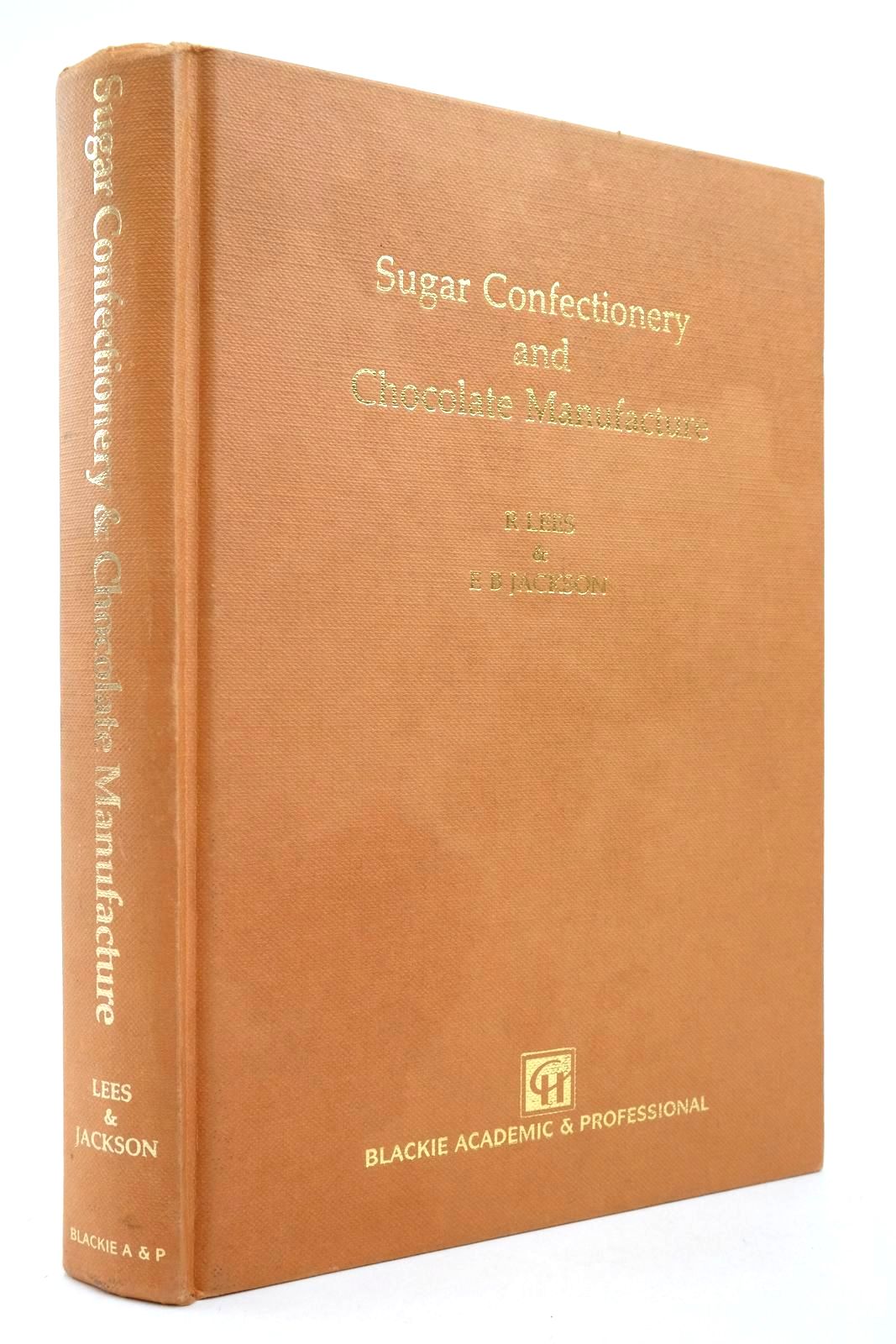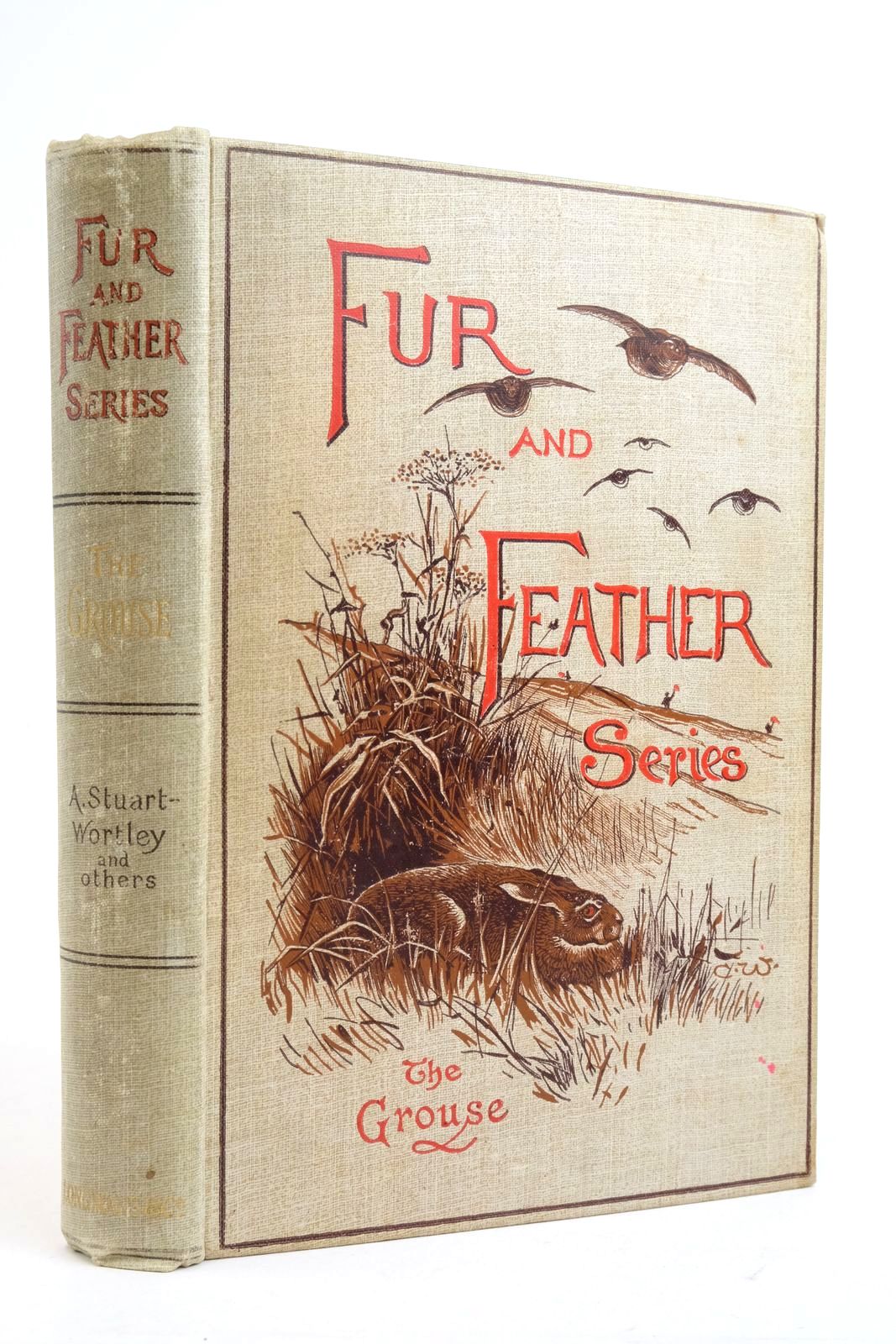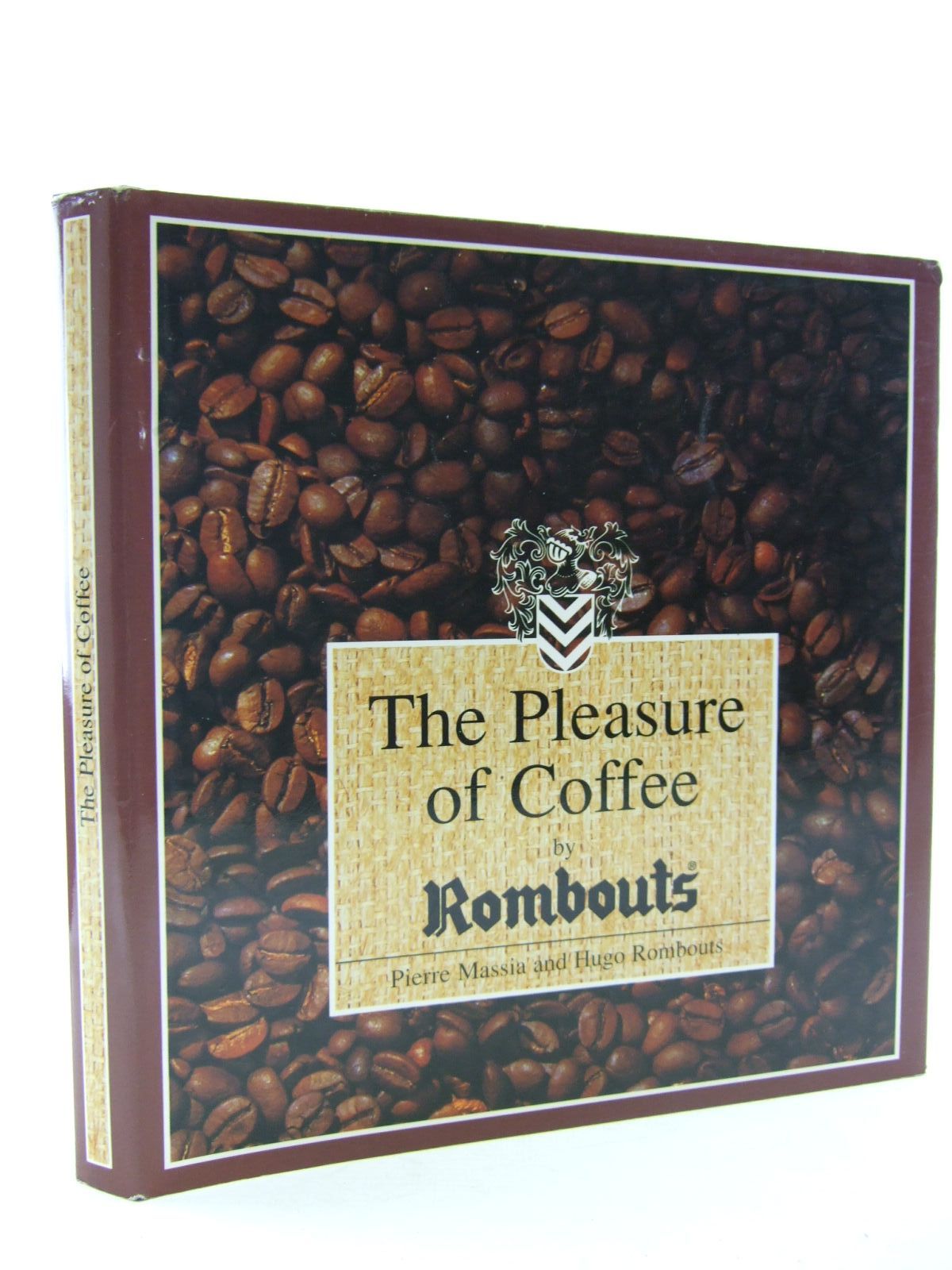The English Art of Cookery by Richard Briggs
This book was once owned by the internationally renowned Eleanor Lowenstein, her bookplate is in the front of the book. Eleanor Lowenstein opened the Corner Bookshop on Fourth Avenue New York and was offered her first cookery book collection in 1946. This was just the beginning and the rest as they say is history!
Mr Briggs in his Preface says of his recipes the following ‘I have bestowed every Pains to render them easily practicable, and adapted to the Capacities of those who may be ordered to use them. To waste Language and high Terms on such Subjects, appears to me to render the Art of Cookery embarrassing, and to throw difficulties in the Way of the Learner…’
I think the recipes would be a huge challenge for a Modern Day cook unless of course you were a chef.
All the recipes are created from basic ingredients such as flour, eggs, meat, fruit, vegetables etc. which are mostly common to all eras, but within these basic ingredients, there is still a surprise or two. I came across a recipe for
‘Skirret Fricaseed and Skirret Fritters’
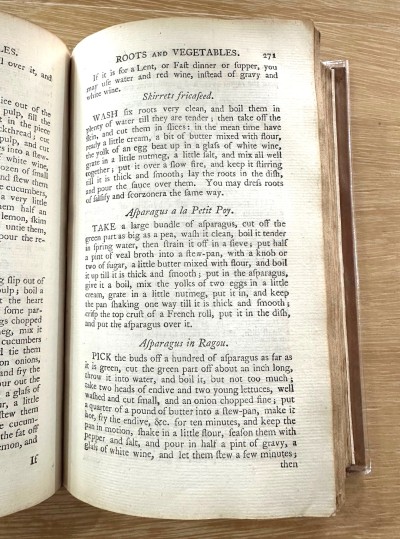
Skirret is a root vegetable and dates back centuries well before the introduction of the potato. The skirret eventually fell out of favour, not because of the taste, it was just that potatoes were easier to prepare.
We are always encouraged not to overcook our vegetables - it was the same in the 1790s – ‘Take care you do not boil them too much, but let them have a little crispness; for if you boil them too much, you will deprive them of their sweetness and beauty’
There are 38 chapters within the book which cover such subjects as Marketing, Fish – and how to cook and prepare it, Soups and Sauces, Roasting and Boiling, Stews and Hashes. Made Dishes, Ragous, Aumlets and Eggs, Puddings, Pies, Jellies, Syllabubs, Conserving, Potting and Pickling and much, much more.
This was beginning to sound a lot like Ratty’s picnic in The Wind in the Willows by Kenneth Grahame!
There are many similarities between the way we approach cooking today and in the 1790s - buy the best that you can, try to use every part of the animal or vegetable, but the differences are also interesting. In the chapter on what is in season the whole year, not a mention of a tomato, so although there were tomatoes in Britain, they were obviously not a popular vegetable choice for the kitchen garden. Apparently, it was only after the publication of Mrs Beeton’s Household Management Book in 1861 that they gained popularity.
There is much to learn in the book. In the Housekeepers Pantry we would find some of the following: Hartshorn, Eringo root, China Root and Balsam of Tolu, these are some of the ingredients for ‘Artificial Asses Milk’ this is one of the recipes for ‘attending the sick.’ I must say I am feeling better already!
There are also some interesting names for recipes: Beef Tremblongue, Pigeons in pimlico, Grateful Pudding, Lute Cream, Green Codlings, and finally Indian Pickle or Picca Lillo.
Thank you Wikipedia
Contributed by Theresa
(Published on 14th Jul 2024)


